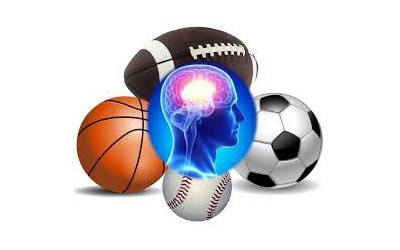Concussion in Sport
Footy is back! It’s that time of year again where football training and games ramp up. Along with this comes the risk of head injuries which can lead to concussions.
Concussion comes from forces transmitted to the brain causing a mild functional brain injury. This can come from a blow to the head or a bump to the body.
Concussion is not always easy to spot. Only 10% of concussions actually lose consciousness. Signs and symptoms of concussion can include, and these may develop over the next few hours after injury:
| Symptoms: | Signs |
| Headache | Loss of balance/coordination |
| Nausea/vomiting | Staggering |
| Visual changes | Slurred speech |
| Off balance | Blank stare |
| Fatigue | Inappropriate behaviour |
| Change of mood | Seizures |
| Not quite right |
If concussion is suspected, then it is important the player is removed from play and monitored.
This tool can be used on the pitch to assess players:
https://bjsm.bmj.com/content/51/11/872
It is a quick simple assessment on the pitch and can help in the decision on removing the player. It is then important to get the player medically checked over for concussion. A test called the SCAT5 is often used to asses players and monitor their recovery This tests things such as memory, balance and concentration.
The first 24-48 hours are the most important to help with a quick recovery.It’s really important in this period to have complete rest both physically and mentally. Driving, alcohol, anti-inflammatories need to be avoided.
Once symptoms have settled, it is important to gradually get back into activities. Doing activities around the house, gentle walks and brief time on computers/gaming etc. It is then important to have a graded return to activities. The primary aim is to get back to school or work but this may take some time to get back to full time.
Once this has happened a graded return to physical activity and sport is undertaken. AFL has a minimum of 12 days to achieve this with constant monitoring so it is not a quick process. Children under 18 usually take twice as long to recover.
A guideline can be found here:
https://www.rch.org.au/kidsinfo/fact_sheets/Head_injury-return_to_sport/
https://cattonline.com/wp-content/uploads/2017/10/CATT-Return-to-Sport-V11.pdf
The risk of not recognising concussion can delay the recovery from a head injury, increase the risk of musculoskeletal injuries and increase the risk of more severe concussions in the future. There is also an increased risk of the severe “second impact” syndrome, especially in children.
There is also risks of repeated concussions with long term physical and mental health, a huge topic in the media at the moment.


